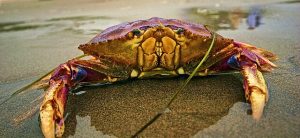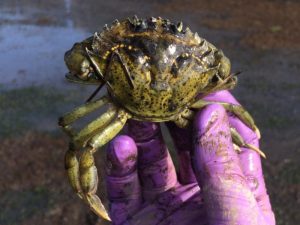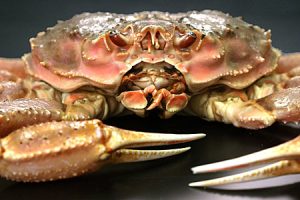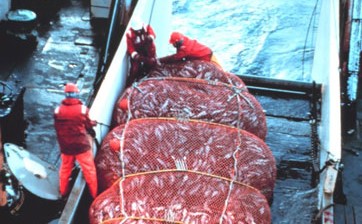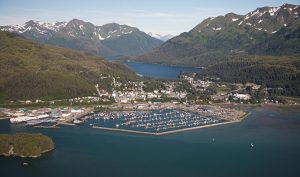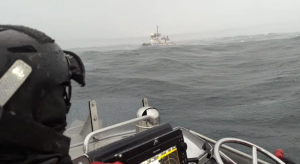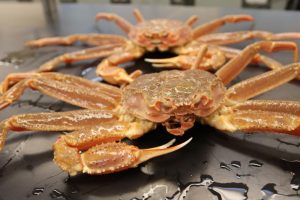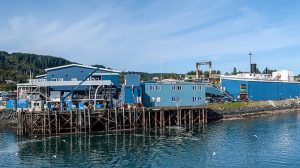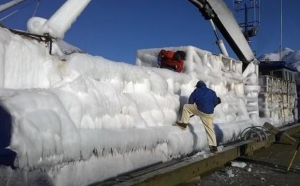King Cove’s Fishing Legacy and Future
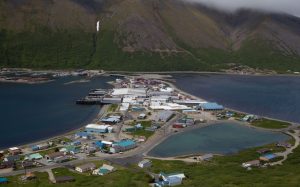 The Pacific Marine Expo has been held in Seattle for more than 50 years, and the 2024 Expo (which ran from November 20th to the 22nd at Lumen Field Event Center) did not disappoint. One of the featured sessions focused on King Cove, Alaska, and the history surrounding this beautiful place.
The Pacific Marine Expo has been held in Seattle for more than 50 years, and the 2024 Expo (which ran from November 20th to the 22nd at Lumen Field Event Center) did not disappoint. One of the featured sessions focused on King Cove, Alaska, and the history surrounding this beautiful place.
The story of King Cove, one of southwest Alaska’s oldest and most vital fishing hubs, is as compelling as the waters the fleet has sailed for over a century. Through vivid photographs, detailed charts, and insightful graphs, the presentation celebrated this community while addressing the challenges threatening its future.
But this isn’t just about honoring the past—it’s about tackling a harsh new reality. King Cove finds itself at a crossroads, facing a series of economic and industry shifts that have left the town anxious. The presentation explored key factors disrupting the community, including:
 Maritime Injury Law Blog
Maritime Injury Law Blog


